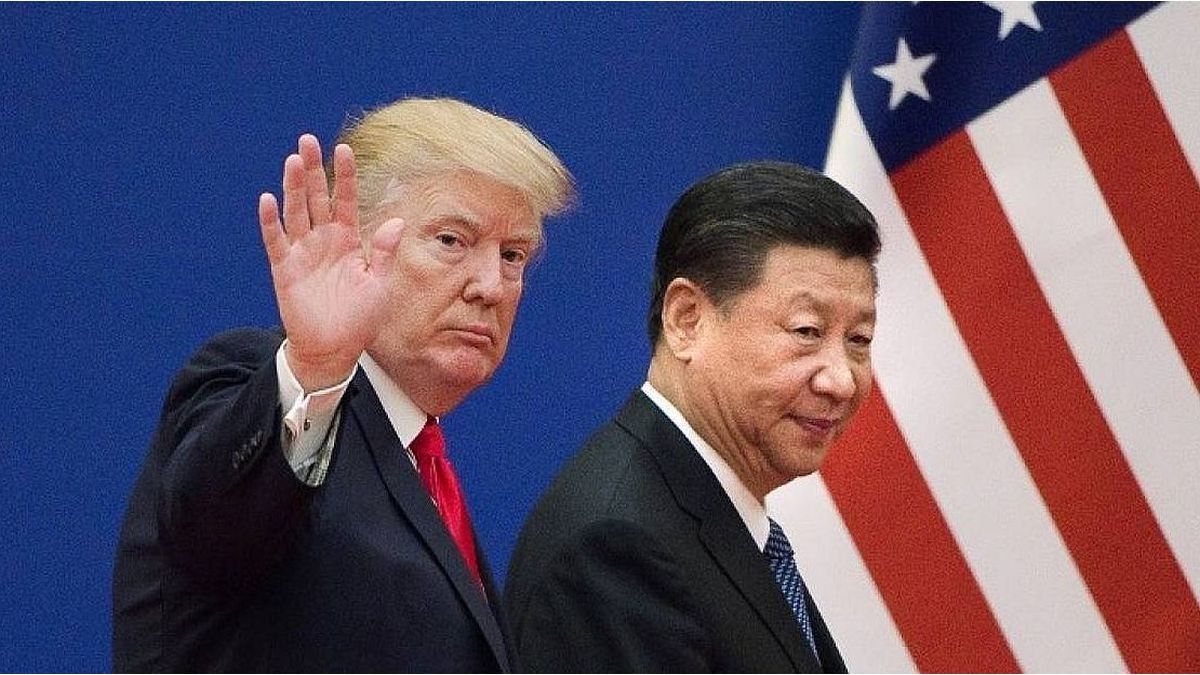Leadership.jpg
Fatchum
In this new era, where the pandemic left us with many lessons, changes were accelerated that had been happening regarding the way people wanted to live, habits, roles and family structure, and also in the workplace a new stage was opened in which the only constant is the changes and the great challenge for today’s leaders is to put people in the center.
Today four working generations are living together in organizations, Baby Boomers (1945 and 1964), Generation X (1965 and 1981), Millennials (1982 and 1994) and the centennials (1995 to the present), all with different purposes and motivations that generate the need to have leaders with a mindset that contains them all.
Until a few years ago, organizations had the power of choice about a talent they wanted to add to their teams; today, “Talents choose organizations” and this is a pain point, especially in those organizations that are very sensitive and dependent on having qualified profiles that are “scarce” in the market.
company.jpg

Gym Pass Blog
So, can we manage to work these points with leaders who are in their comfort zone? Are we willing to continue listening in our organizations “This is how it’s always been done here”? Some tips:
- Value proposal: Considering the four working generations that we can have in an organization, the value proposal should be as individualized and personalized as possible, and should generate in each person the concept of “well-being”. Here we include tailored compensation and benefits (salaries, flexible hours, gym, languages, discounts in stores and services, hybrid work model, recognition of important dates, among others.), and also the soft skills that I like to define as those skills that as humans differentiates us from robots (empathetic listening, ability and enthusiasm to give feedback, ability to communicate and work in networks, generate positive relationships, among others).
leadership.jpg

- employer brand: It is important to work both inside and outside our organization. Many of the things we do are important to be known in our talent acquisition market. In addition to having a good network management of our employer brand image, studies show that the best brand “ambassadors” are the people of the organization, so, do we have a plan for brand ambassadors? Well, if we don’t , let’s do it.
- Diversity and inclusion: I deliberately suggest promoting this point that will generate a more creative and innovative organizational culture. There are studies that show that belonging to an inclusive organization that promotes thinking differently generates a greater sense of contention, meaning and pride in belonging to a more humane organization. This has a direct impact on profitability.
Entrepreneurs.jpg

- oxygenation: In addition to attracting and retaining the best talent, I consider that it is no less important to have a plan to “release” those who are “silent” resisting the changes, the champions of “here it has always been done like this and we are not going to change”. They are usually the ones who expel those who come with ideas of change, preventing changes to the status quo, which in many cases, maintain obsolete practices. At this point, it’s good to know that “good talents don’t complain, they just walk away.”
- Salary: We have long known that salary is not the main reason a person stays or leaves a company. Although it is important to be attractive in such a competitive market, there are new drivers such as purpose or flexibility, among others, that have taken center stage. At this point, our leaders know in a personalized way what attracts each of the talents of their team?
- Invest in training: if people are our main differentiating factor and are at the center of our decisions, then allocate time and resources to permanently train them (upskilling and reskilling).
leadership.jpg

The invitation is to put the talents in the center of decisionsconsidering all the changes that we are experiencing in our organizations as new opportunities to be attractive and gain loyaltyhand in hand with our leaders who are permanently in a zone of changes and learningwhich makes them be at all times stepping out of your comfort zone.
Source: Ambito




